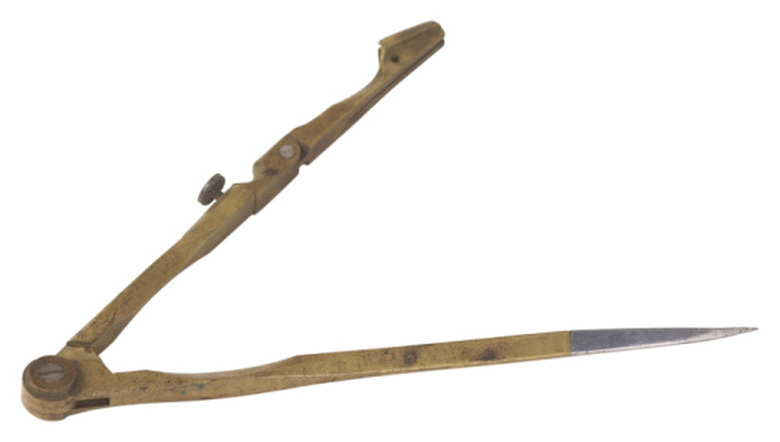How To Find The Radius Of A Sector
The sector of a circle is a partition of that circle. A sector extends from the center, or origin, of the circle to its circumference and encompasses the area of any given angle that also originates from the center of the circle. A sector is best thought of as a piece of pie, and the bigger the angle of the sector, the bigger slice of pie. Each side of the segment is a radius of the circle. You can find the radius of both the sector and the circle by using the sector's angle and area.
Step 1
Double the area of the segment. For example, if the segment area is 24 cm^2, then doubling it results in 48 cm^2.
Step 2
Multiply the sector's angle by π, which is a numerical constant that begins 3.14, then divide that number by 180. For the example, the sector's angle is 60 degrees. Multiplying 60 by π results in 188.496, and dividing that number by 180 results in 1.0472.
Step 3
Divide the area doubled by the number obtained in the previous step. For the example, 48 divided by 1.0472 results in 45.837.
Step 4
Find the square root of that number. For the example, the square root of 45.837 is 6.77. The radius of this segment is 6.77 cm.
Cite This Article
MLA
Gartneer, Chance E.. "How To Find The Radius Of A Sector" sciencing.com, https://www.sciencing.com/radius-sector-7411750/. 24 April 2017.
APA
Gartneer, Chance E.. (2017, April 24). How To Find The Radius Of A Sector. sciencing.com. Retrieved from https://www.sciencing.com/radius-sector-7411750/
Chicago
Gartneer, Chance E.. How To Find The Radius Of A Sector last modified March 24, 2022. https://www.sciencing.com/radius-sector-7411750/
